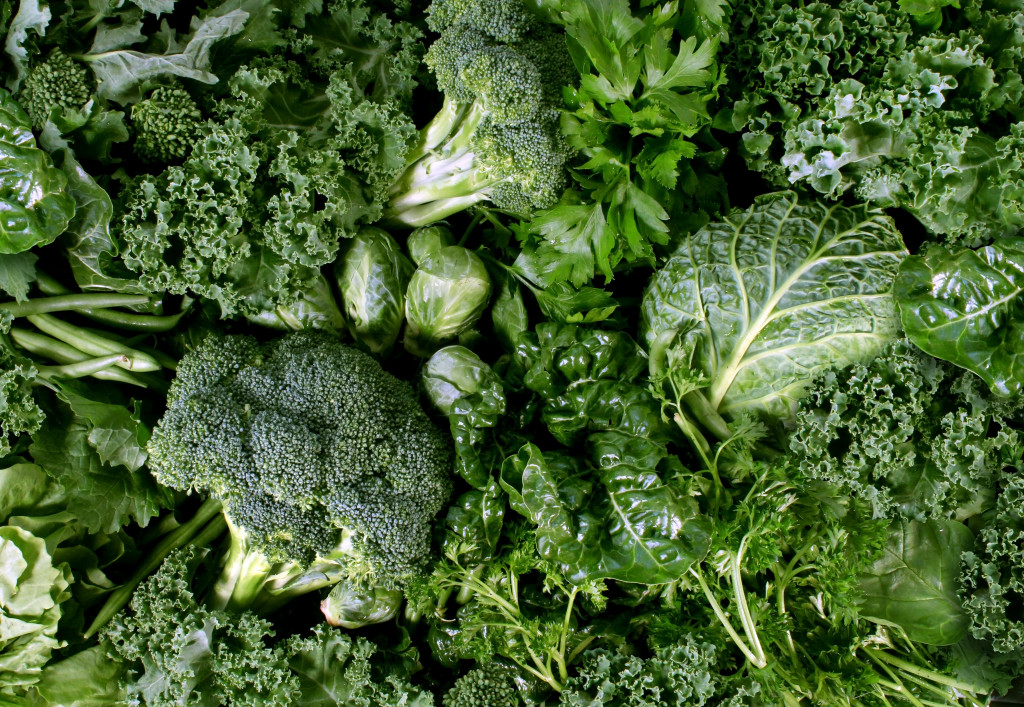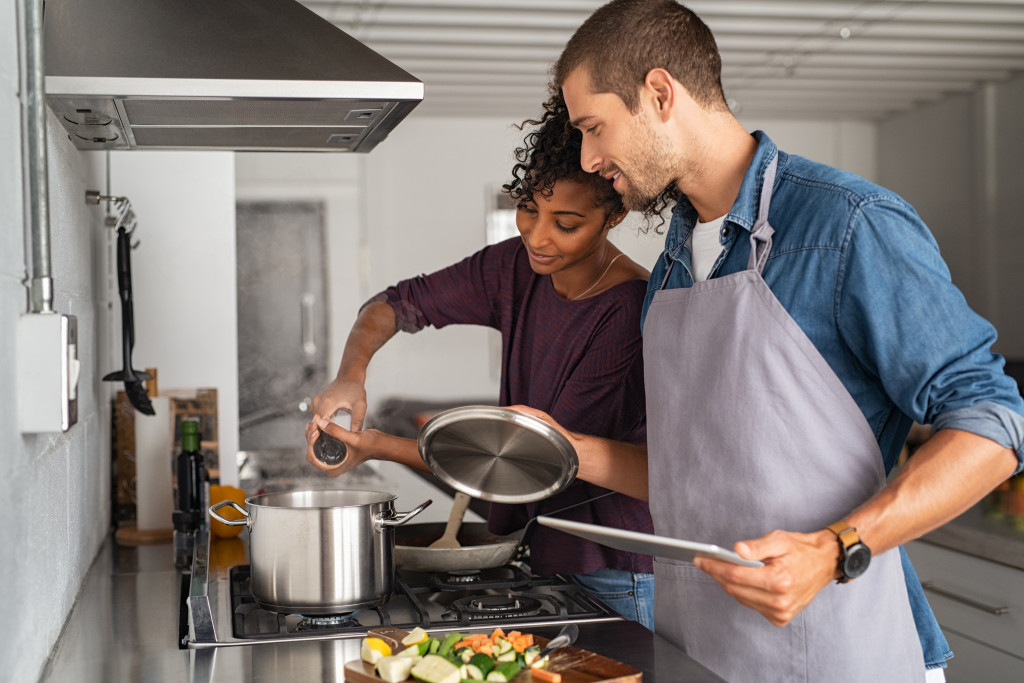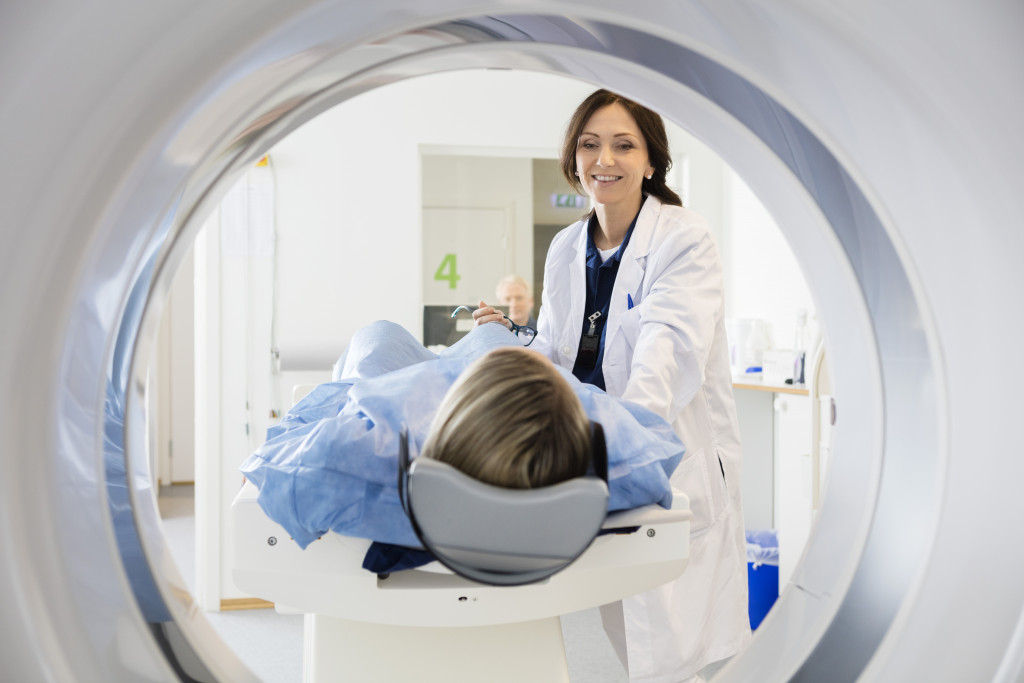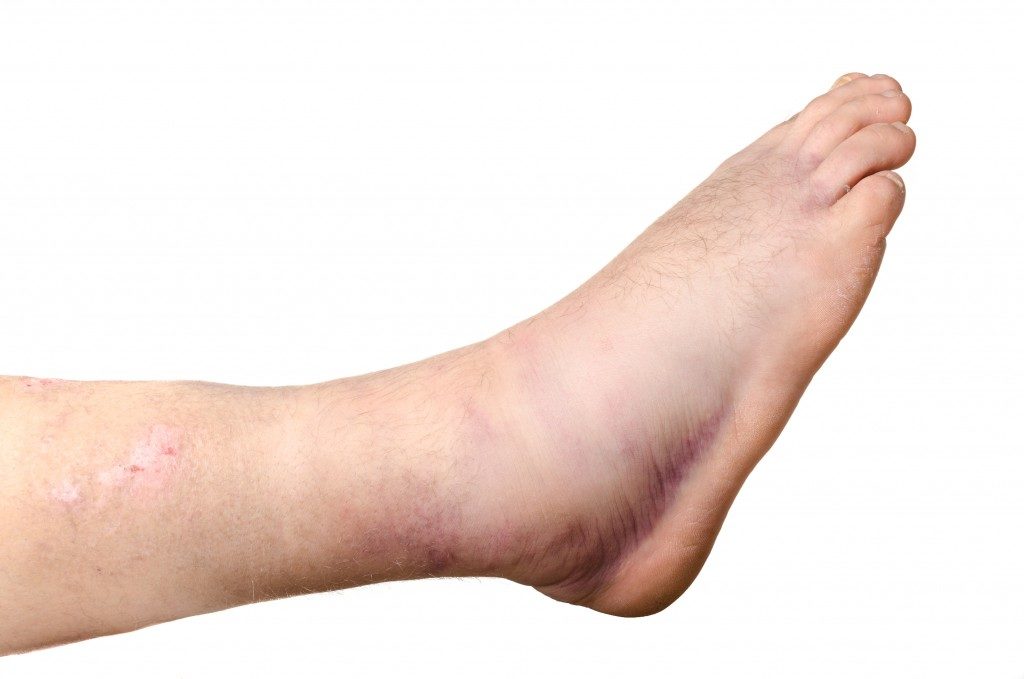- Frying food can increase the risk of heart disease, stroke, and diabetes. Opt for oils with high smoke points.
- Non-stick cookware contains chemicals that can be harmful to health at high temperatures.
- Reheating food in plastic containers can release toxic chemicals like BPA and phthalates into your food.
- Consuming processed meats regularly can increase the risk of heart disease, stroke, and diabetes.
- Overcooking your vegetables can destroy their nutritional value and reduce vitamins and minerals.
Cooking is an essential part of your daily routine. You rely on it to fuel your body and provide the energy you need to get through the day. However, some cooking practices can be more harmful than we realize. In this blog, you will learn about common cooking practices that are more unhealthy than you think.
Frying.
Frying is a common cooking practice that involves submerging food in hot oil. While it may make food taste delicious, it’s also one of the most unhealthy cooking methods. Eating fried foods regularly has been linked to a higher risk of heart disease, stroke, and diabetes. Furthermore, the high temperatures in frying can create harmful chemicals that can increase cancer risk.
But if you must fry, there are ways to make it healthier. Opt for oils with high smoke points, such as extra-virgin or avocado oil. Additionally, don’t reuse oil more than twice. This will help prevent the formation of carcinogens. Make sure you dispose of the oil properly after use.
Or, better yet, employ the help of a yellow grease collection service provider. They can collect your used oil and recycle it by turning it into biodiesel, soap, and other products. This means that you can continue frying without contributing to environmental damage.
Using Non-Stick Cookware.

Non-stick cookware is advertised as a convenient and easy-to-clean option for cooking. However, the coating used in non-stick cookware contains chemicals that can harm health. The coating can release toxic fumes that cause flu-like symptoms when exposed to high temperatures. Over time, exposure to these chemicals can damage the liver, cause weight gain, and increase the risk of certain cancers.
Reheating Food in Plastic Containers.
Everyone has leftover food in the fridge that they need to reheat. However, microwaving food in plastic containers can lead to the release of harmful chemicals into your food. When plastic is heated, it can release bisphenol-A (BPA) and phthalates, which are toxic chemicals that can affect the hormone system. Instead, look for healthier ways to reheat food. Here are four examples:
Use glass or ceramic containers.
Glass and ceramic are safer choices for reheating food in the microwave. They won’t release chemicals into your food and are easy to clean.
Heat up leftovers on the stovetop.
If you don’t have access to a microwave, try heating up leftovers on the stovetop in a pot or pan. You’ll be able to avoid the risk of chemical exposure while still getting a hot meal.
Use the toaster oven.
If you’re reheating small items like pizza slices, use the toaster oven instead of the microwave. It’s much healthier, and you’ll still get that nice crunchy texture.
Place leftovers in the oven.
If you’re reheating a larger item like lasagna, place it in an oven-safe dish and pop it in the oven. This is one of the best ways to get your leftovers hot without losing flavor or texture.
By taking safer and healthier ways to heat your leftovers, you can enjoy your food without having to worry about chemical exposure.
Consuming Processed Meats.
Processed meats are meats that have been preserved through smoking, curing, or salting. While they may be convenient, consuming processed meats has been linked to an increased risk of heart disease, stroke, and diabetes. Additionally, processed meats are often high in sodium, preservatives, and chemicals that can increase the risk of cancer.
Overcooking Vegetables.

Cooking vegetables can help break down their tough fibers and make them easier to digest. However, overcooking vegetables can destroy their nutritional value and lead to the loss of essential vitamins and minerals. Vegetables should be cooked until they’re tender but still retain their bright colors and crisp texture.
It’s essential to be mindful of the cooking practices you use daily. While some methods may seem convenient, they can have serious health risks. When cooking healthier meals, look for ways to reduce oil usage and chemical exposure from plastic containers or non-stick cookware.
Additionally, limit your consumption of processed meats and don’t overcook vegetables to get the most nutritional benefit. With these tips in mind, you’ll be able to enjoy tasty meals without worrying about their impact on your health.







